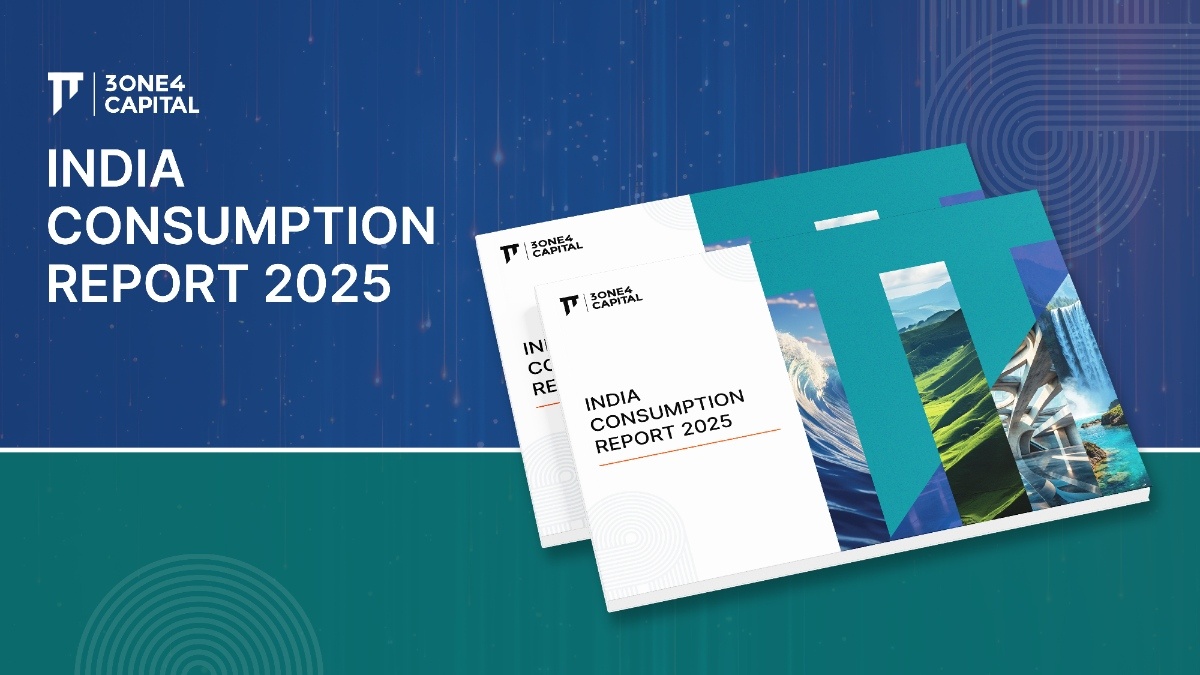
Building India’s Fiscal Architecture for the Next Decade: Recommendations for the 16th Finance Commission
As the country accelerates toward its $10 trillion ambition, the next cycle of fiscal devolution will determine how growth, opportunity, and responsibility are shared between the Union and the States. The 16th Finance Commission (16th FC), tasked with recommending the resource-sharing framework for 2026–31, carries the mandate to serve the needs of a more complex, diverse, and ambitious India.
Modernising India’s Fiscal Foundations
Successive Finance Commissions have steadily expanded the share of resources devolved to states — from 29.5% in the 11th Finance Commission to a historic 42% in the 14th, the largest increase in India’s fiscal history. The 15th FC held the share at 41% while accommodating the fiscal disruptions of COVID-19.
There have also been valid criticisms from southern states about their declining share in devolution, despite higher economic and demographic performance. The report provides an in-depth analysis of which states have gained from this decline–it is not the populous states like Uttar Pradesh and Bihar, as popularly assumed, they too have faced a decline in their devolutions. It is, in fact, the Northeast states that have gained, in a highly disproportionate manner, given their smaller populations. The Finance Commission must address these imbalances.
The 16th FC’s Terms of Reference, which returned to constitutional essentials, present an opportunity to modernise this framework. Rather than layering on prescriptive directives, they allow for a de novo view — one that can design a future-ready fiscal compact for a $10T India.
A Blueprint for Equitable Growth
The model proposed in this report preserves continuity by retaining the 41% vertical share for states, while introducing a refined horizontal formula that better reflects demographic realities, governance quality, and developmental priorities.
- Population-First Allocation (75%): Proportional support for service delivery, migration management, and essential public infrastructure.
- SDG-Linked Incentives (17.5%): Directs resources to states below the national SDG average, with additional weight for the five lowest performers — accelerating investments in education, health, and inclusion.
- Governance Incentives (2.5%): Rewards internal revenue mobilisation and fiscal prudence, encouraging stronger tax capacity.
- Ecology (2.5%): Recognises the opportunity cost of ecosystem conservation, aligning fiscal flows with India’s climate commitments.
- Redistributive Guarantee (2.5%): Ensures no state receives less than its 15th FC allocation, preserving fiscal stability.
The result is a rational and predictable per-capita distribution, with most states clustering between ₹8,000–13,000 — a significant improvement over the extreme outliers seen under previous formulas.
Aligning Shares with Scale
Recalibration brings allocations closer to states’ economic weight and contributions.
- Maharashtra, Gujarat, and Karnataka see their shares increase, reflecting their central role in national tax mobilisation.
- Tamil Nadu records a modest gain despite demographic stabilisation.
- Smaller north-eastern states see calibrated reductions, though compensatory grants ensure no state receives less than in FC15.
By correcting distortions and aligning allocations with both population and performance, the model restores balance to India’s fiscal federalism — creating a more equitable and predictable platform for growth.
Financing the $10T Future
Beyond tax devolution, the report reimagines the grants architecture to meet evolving fiscal needs. Compensatory grants safeguard states from absolute declines, while disaster and border-area grants expand coverage for climate shocks and frontier vulnerabilities.
A significant 40% of all grants are directed to local governments — equally split between rural and urban bodies. Within this, untied grants play a pivotal role. Unlike tied grants, which are earmarked for specific schemes such as health or education, untied grants can be used freely by states to pursue context-specific priorities. This flexibility strengthens state autonomy, allowing resources to flow toward the most urgent needs on the ground.
Equally important is the proposal to cap cesses and surcharges at 10% of gross tax revenues. This reform keeps more resources within the divisible pool, enhancing transparency and predictability for states.
Growth, Governance, and Investment
The design of fiscal transfers has implications far beyond intergovernmental balance sheets. States account for the majority of government expenditure, including investments in healthcare, education, logistics, and infrastructure — the very foundations on which businesses scale and capital flows. Predictable and equitable transfers strengthen the capacity of high-contribution states to sustain urbanisation and industrialisation, while targeted incentives enable lagging states to raise human capital and expand participation in the economy.
For investors and businesses, this means a more consistent policy environment, deeper markets across regions, and a stronger base of public goods to support private enterprise. Fiscal federalism, when well-calibrated, becomes a growth multiplier.
Cooperative Federalism 2.0
Taken together, the proposals represent more than formulaic adjustments — they signal a renewal of India’s fiscal compact. By integrating demographic alignment, human development incentives, and ecological responsibility, the 16th FC framework strengthens cooperative federalism and equips states with the resources to deliver inclusive growth.
Crucially, the credibility of fiscal transfers underpins not just intergovernmental trust but also investor confidence, state-level governance capacity, and India’s macroeconomic resilience. As the 16th Finance Commission submits its recommendations by October 2025, India has the opportunity to define how it funds its leap from a $4 trillion to a $10 trillion economy — ensuring that growth is fair, sustainable, and investment-ready.
Download Report
DISCLAIMER
The views expressed herein are those of the author as of the publication date and are subject to change without notice. Neither the author nor any of the entities under the 3one4 Capital Group have any obligation to update the content. This publications are for informational and educational purposes only and should not be construed as providing any advisory service (including financial, regulatory, or legal). It does not constitute an offer to sell or a solicitation to buy any securities or related financial instruments in any jurisdiction. Readers should perform their own due diligence and consult with relevant advisors before taking any decisions. Any reliance on the information herein is at the reader's own risk, and 3one4 Capital Group assumes no liability for any such reliance.Certain information is based on third-party sources believed to be reliable, but neither the author nor 3one4 Capital Group guarantees its accuracy, recency or completeness. There has been no independent verification of such information or the assumptions on which such information is based, unless expressly mentioned otherwise. References to specific companies, securities, or investment strategies are not endorsements. Unauthorized reproduction, distribution, or use of this document, in whole or in part, is prohibited without prior written consent from the author and/or the 3one4 Capital Group.


.webp)












